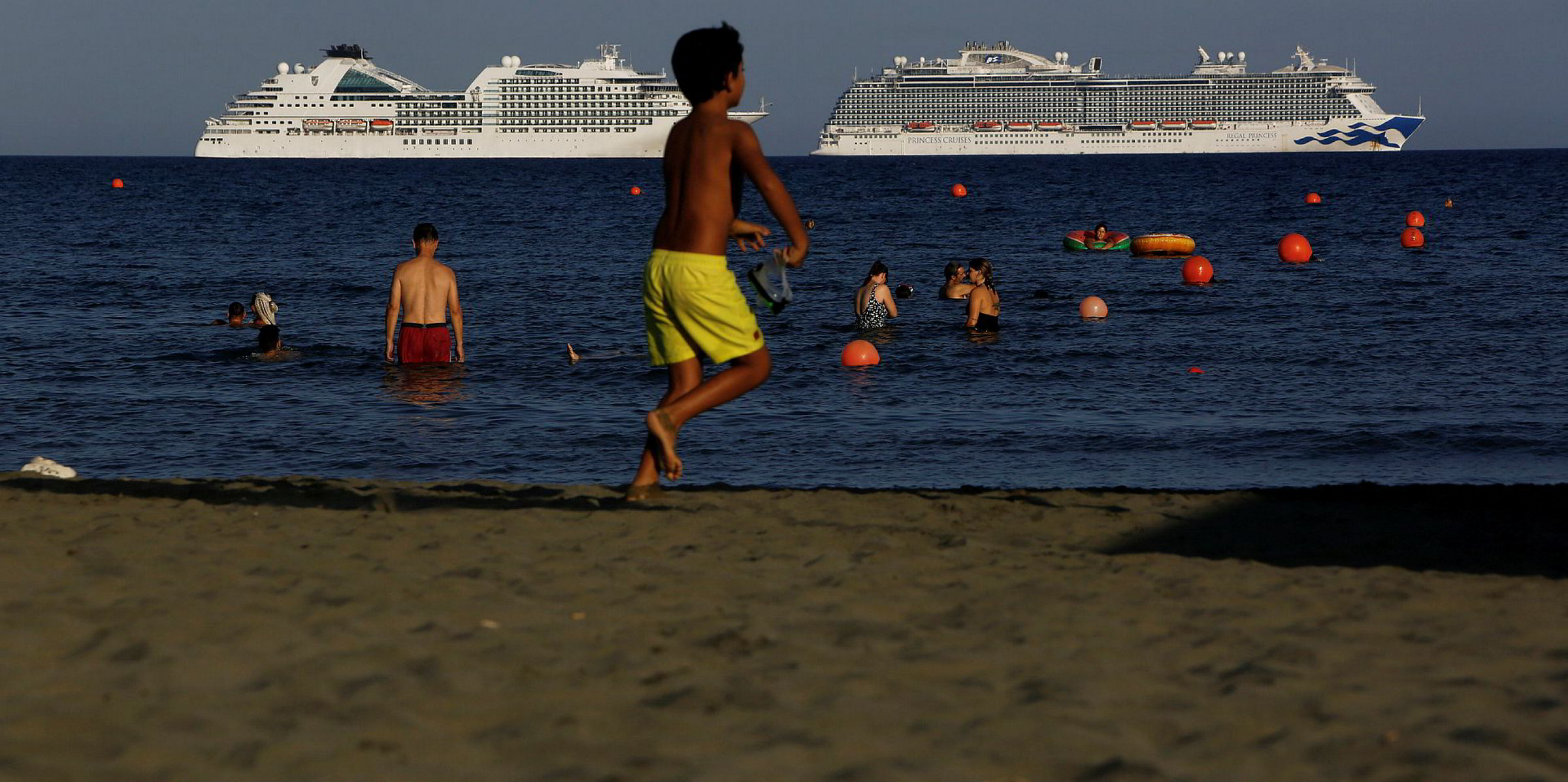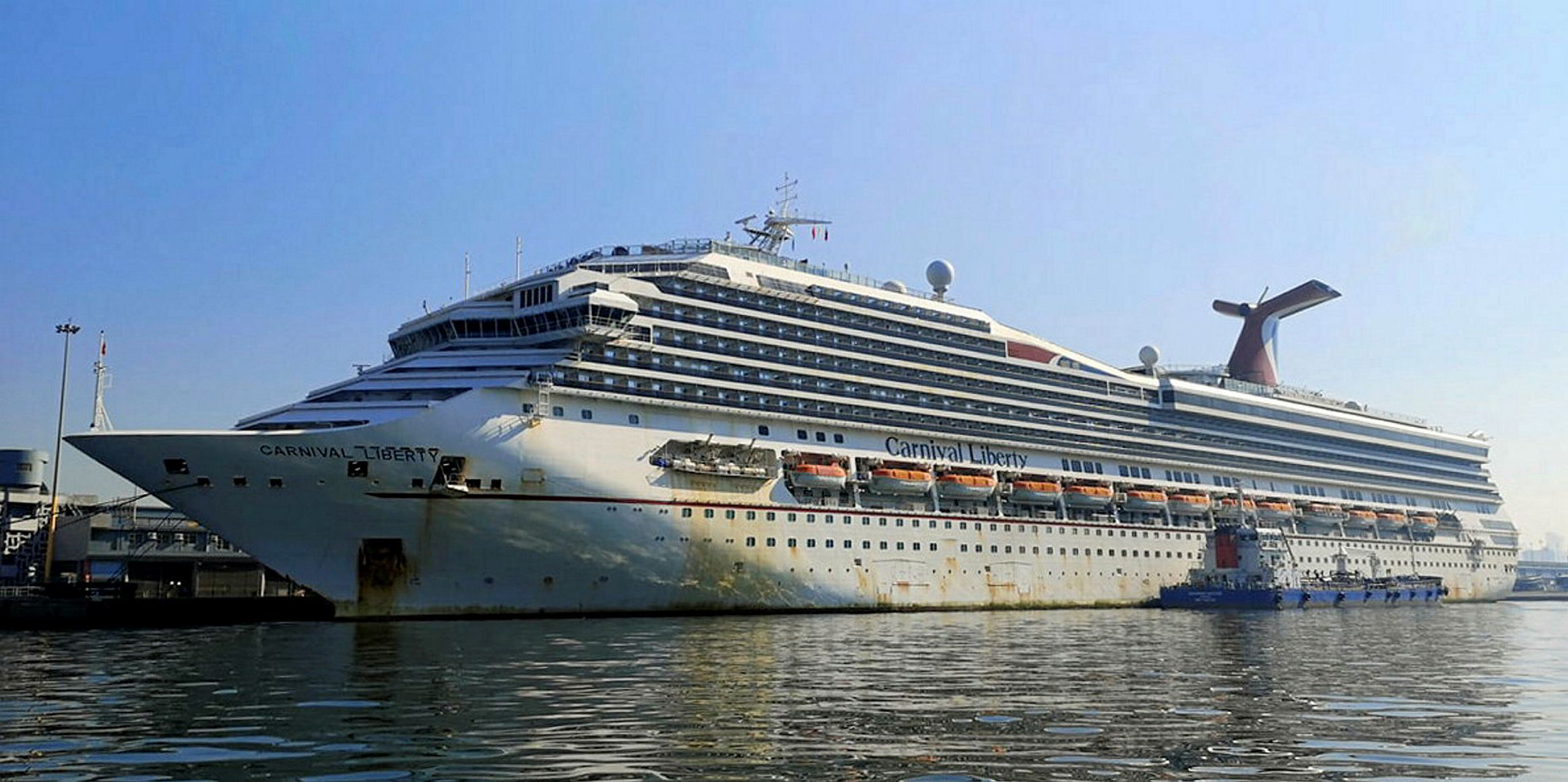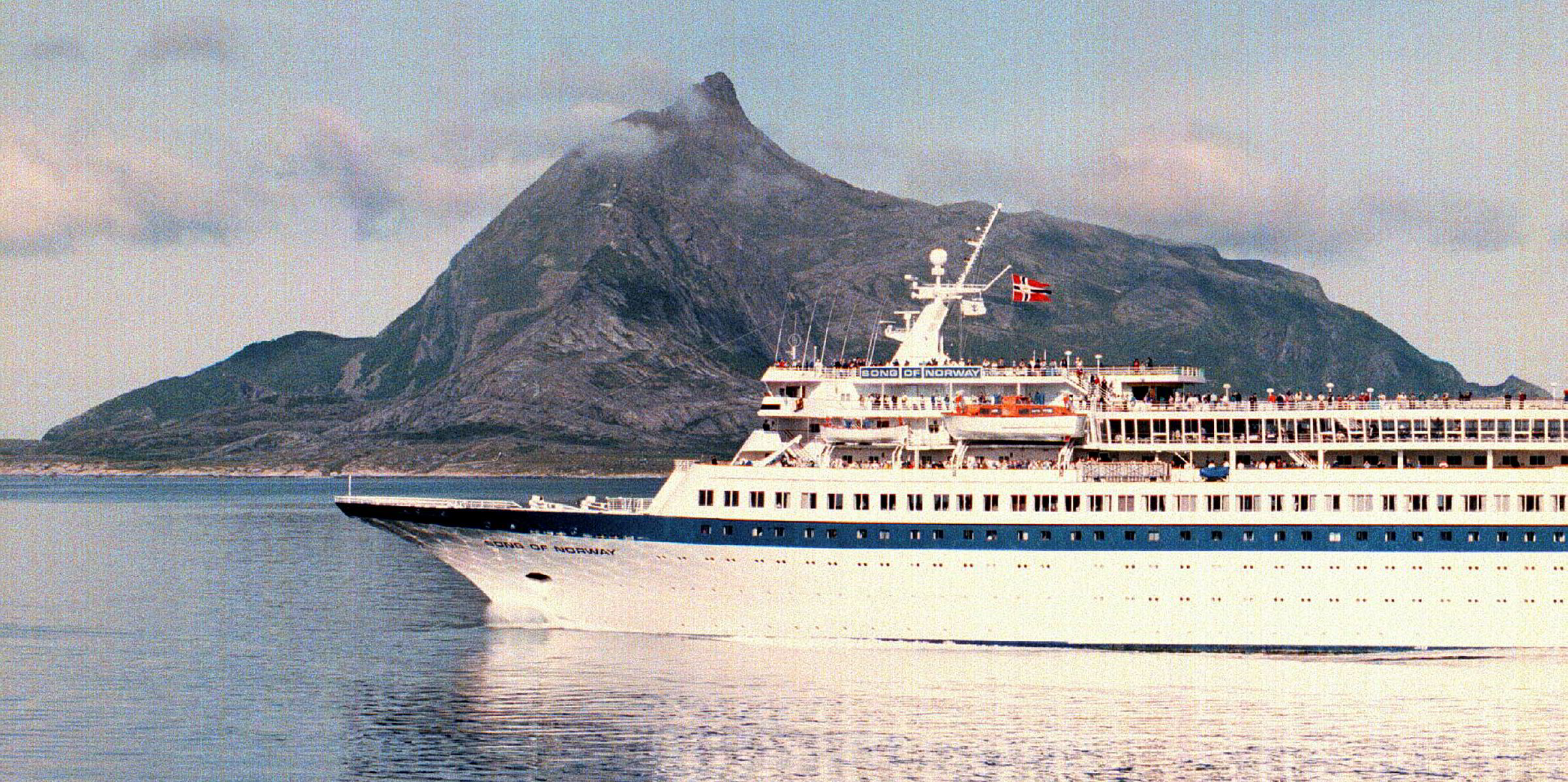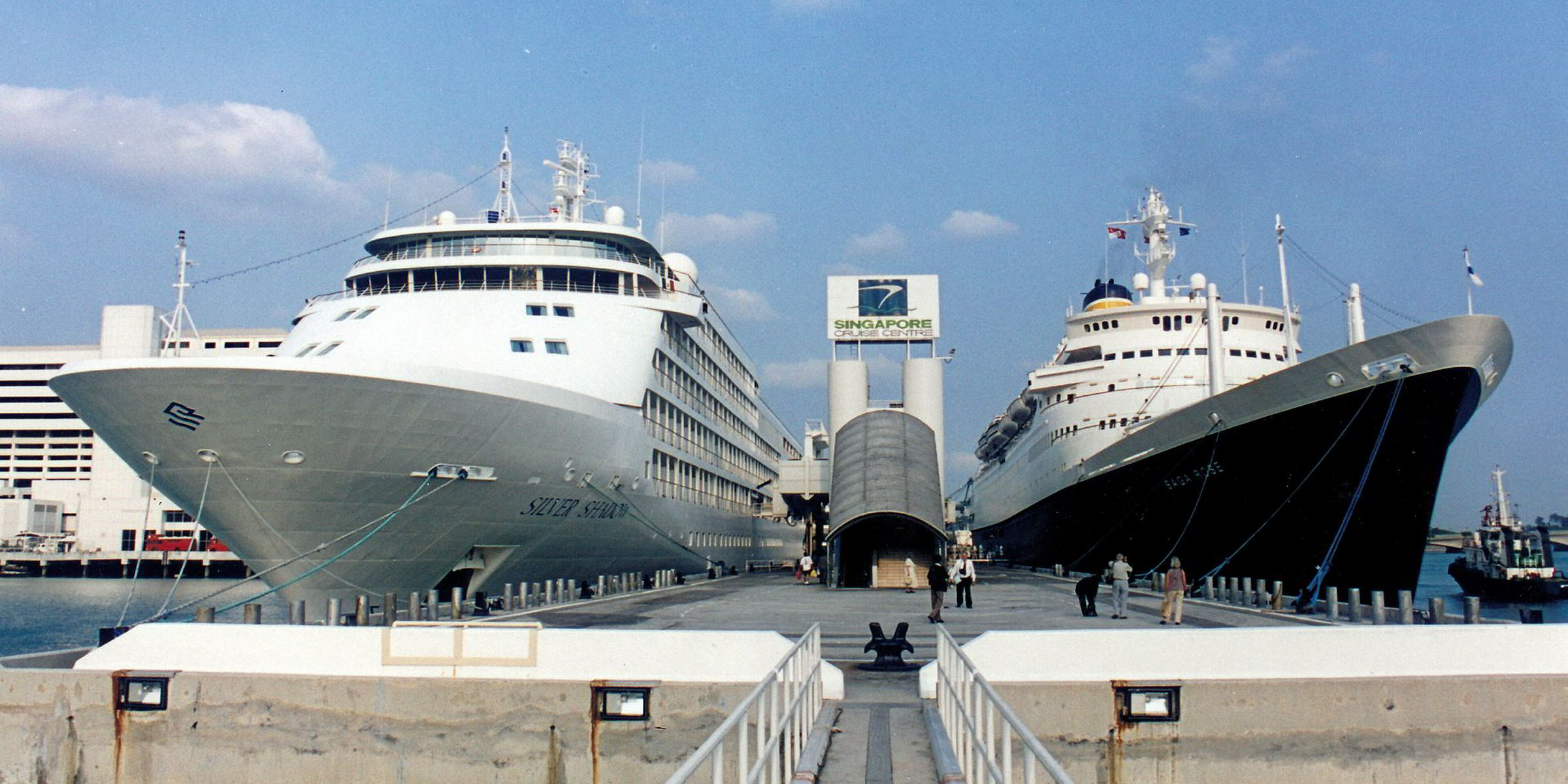More than $2bn may be needed to get the global cruise fleet back into action after months of lay-up, according to industry insiders.
The entire cruiseship fleet has been in various stages of lay-up since the industry was shut down due to Covid-19 in March, and that $2bn figure is considered a conservative estimate by some.
Most operators initially kept their ships crewed and ready for service. But as the pandemic dragged on, crews were drastically reduced and many ships have been put into what approximates a near-cold state of lay-up, where only essential maintenance is performed.
Cash cushion
Cruiseships are maintenance-intensive beasts that require a lot of work to keep their technical and hotel systems in order. Prolonged lay-ups extract a hefty toll on their physical fabric.
TradeWinds spoke to cruise line insiders about what would have to be done to reactivate their ships, and what it would cost.
Most said that although the huge disparity in the size of the fleet units, along with varying degrees of lay-up, make it hard to estimate restart costs on a micro level, their companies recognise the need for a cash cushion to fund a restart.
Estimates of $10m to $15m per ship appear to be the ballpark range for most lines, although executives admit these are on the conservative side because of uncertainties and variables that could push up the cost for individual vessels.
What about shipyard capacity?
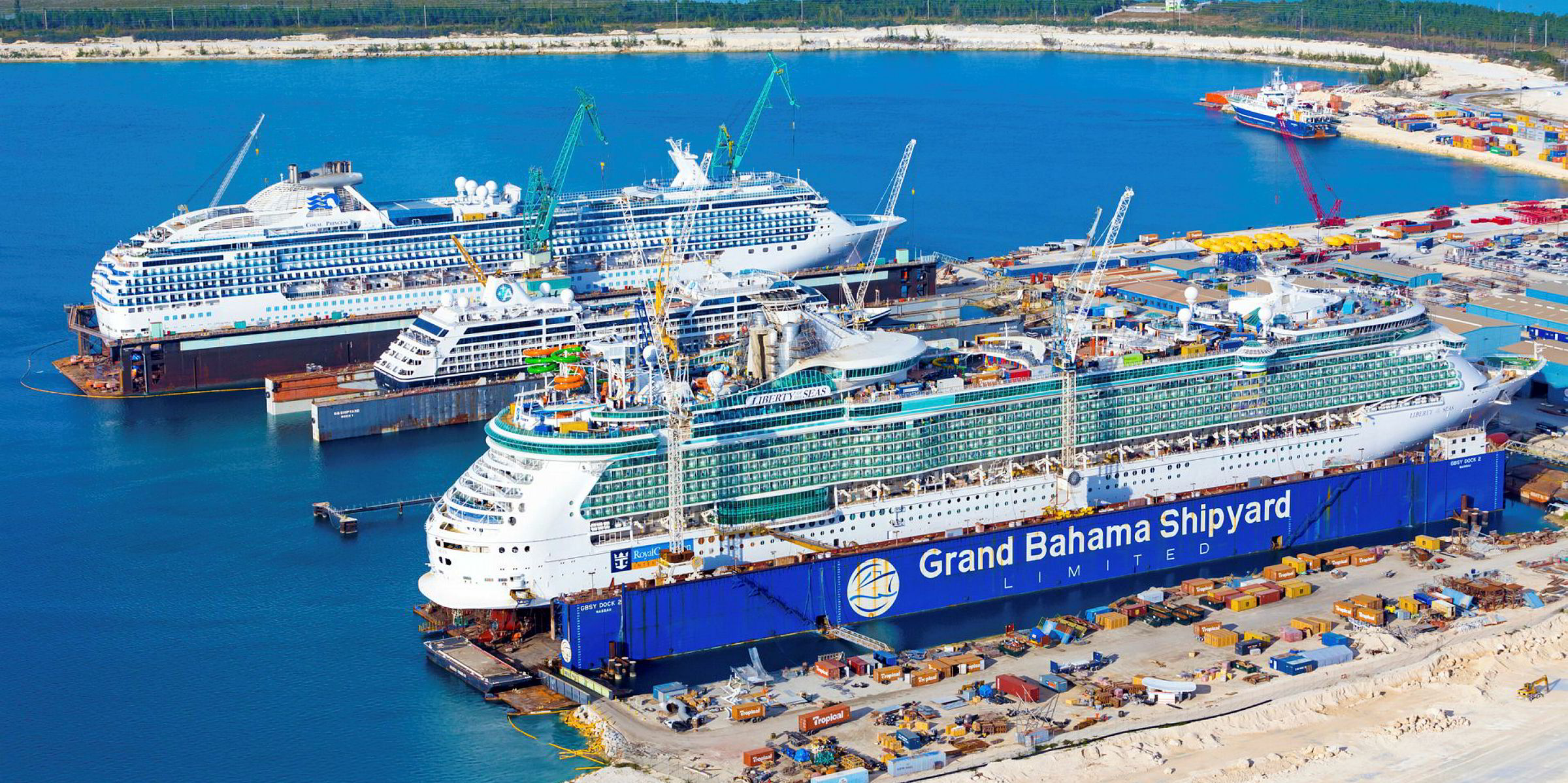
Will some vessels need dry-docking for inspection, surveys and pressure blasting of the underwater hulls and renewal of anti-fouling coatings? Will propellers and azipods have to be removed and inspected or renewed? Will some ships simply require wet-dock inspections and general maintenance? Will they be required to run test voyages with auditors on board?
Do shipyards have the capacity to handle a large volume of cruiseships in a short time frame, and will they charge (and will cruise lines pay) a premium for priority?
Then there are the costs associated with reclaiming the necessary crew, testing and training.
Those are the concerns mentioned when trying to predict the revival costs of an individual ship.
“These variables can and will add great cost as well as the timing,” one senior industry executive said. “Add in things like repainting, new coatings, etc, and $15m or even $20m for a large ship might be very reasonable in terms of cost estimates.
“On a macro level, I think it is safe to surmise that all of the big-ship companies are looking at restart costs that quickly escalate into the hundreds of millions.”
VesselsValue lists 167 cruiseships larger than 70,000 gt afloat today. Based on an average of the $10m to $15m figure to restart each vessel, which most cruise lines are estimating today, the cost of returning those 167 ships to service comes in at just over $2bn.
And, as some sources pointed out, the longer this industry pause drags on, the more costly the restart will become.
